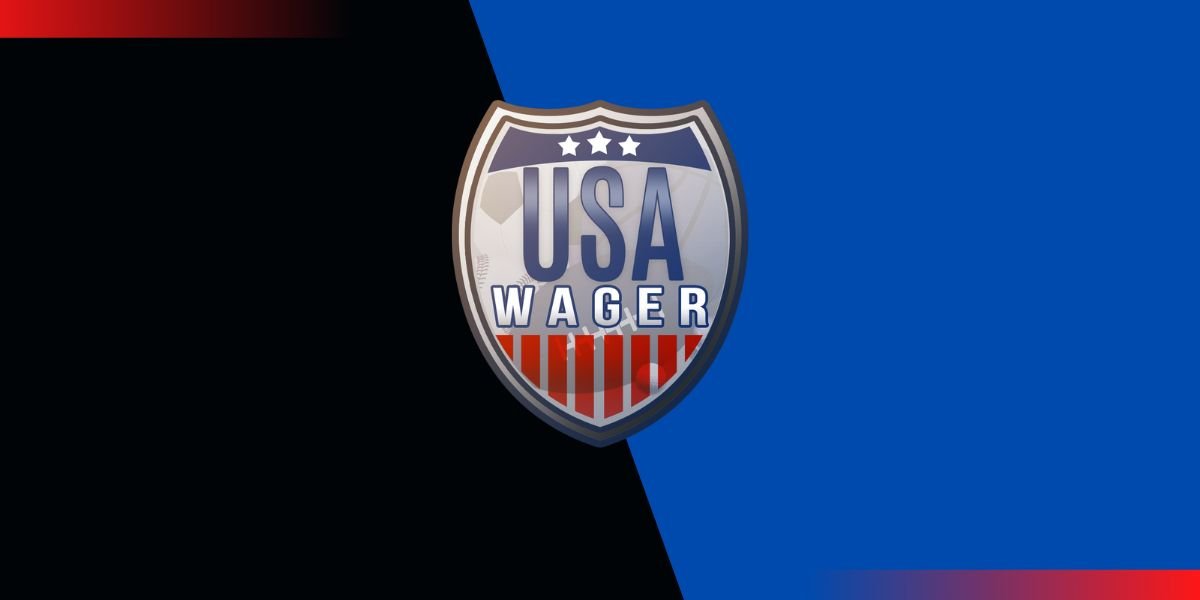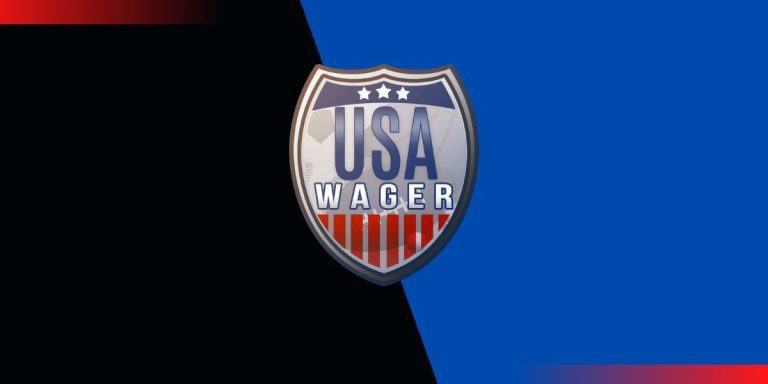The New Regulations That Will Change Formula 1 in 2022 and Beyond
Formula 1 enters its final week of the summer break. Next week we’ll discuss a fan and driver favorite on the Formula 1 calendar: Circuit Spa-Francorchamps and the Belgian Grand Prix. So with no news regarding on-track action and betting, we’re going to dig into the 2025/26 power unit regulations and why they signal major changes for Formula 1 in the near future.
The New 2025-26 Power Unit Regulations
So, what’s the big deal with these new power regulations? First, the new power engines move Formula 1 closer to the championship’s environmental sustainability aims. New sustainable fuels are being introduced for the 2025-26 power unit regulations, along with eliminating the MGU-H from the power unit’s electrical side.
The elimination of the MGU-H is a major component of the 2025-26 power unit regulations. No practicable technologies from the cost-prohibitive MGU-H made it to road cars, which is always an aim for the Formula 1 teams like Mercedes or Ferrari. Fun Fact: the next time you see a Mercedes road car with the letters AMG on it, you’re seeing a car with technological aspects that have trickled down from the Mercedes AMG Formula 1 team.
Accommodations for New Power Unit Manufacturers.
The elimination of the MGU-H is a significant caveat that Audi and Porsche required to join the Formula 1 paddock. Expect a Red Bull Technologies and Porsche partnership announcement imminently, considering legal documents from Morocco and Porsche’s recent trademark of the cheesy “F1anlly” for launch purposes. Audi, a member of Volkswagen Group alongside Porsche, will be moving in on a deal for the Alfa Romero/Sauber team, eventually becoming a fifth power unit manufacturer in Formula 1.
The removal of the MGU-H was not the only accommodation to welcome new power unit manufacturers to the sport. An indexable cost cap, a cap on development hours, and more prescriptive terms on specific power unit components are in place for the development period, with new manufacturers being given more time and money than Formula 1’s current manufacturers. Essentially, the 2025-26 power unit regulations have been tailor-made to welcome new power unit manufacturers – Porsche and Audi specifically – into the Formula 1 paddock.
The next question is when Formula 1 welcomes an eleventh and possibly the twelfth team to the grid. We know Andretti motorsports has been trying to find a way into the paddock for years and that Formula 1 is increasing in popularity, which means increased revenues for Liberty Media, the Formula 1 teams, and the FIA. When will that financial pot be large enough for all vested parties to welcome new teams to the grid?
The 2023 Technical Regulations and 2022 Technical Directives
The approval of new technical regulations shouldn’t surprise anyone following Formula for some time. There are always new technical regulations, and in-season technical directives are the norm in Formula 1. The 2023 technical regulations won’t have an effect immediately. However, technical directives will have an immediate impact, starting with the Belgian Grand Prix.
The 2023 technical regulations are designed to tackle the most significant issues that have plagued the first generation of F1 cars under the new technological regulations: proposing, “creative” interpretations of the rules and safety. New technical regulations will be in effect for the 2023 season in response to Zhou Guanyu’s terrifying crash at Silverstone during the start of the British Grand Prix.
All accidents are reviewed, and lessons are learned to improve the safety of Formula 1. In Zhou’s accident, the roll hoop at the top of the car failed. Zhou’s results would have been entirely different and fatal without the halo. Part of the issue was Alfa Romero’s room hoop design, but this area will be more heavily prescribed for driver safety beginning in 2023.
The most significant change affecting the remainder of the Formula 1 calendar is the 2022 technical directives regarding flexing floors and vertical oscillations. These directives will be in place for the Belgian Grand Prix. Teams will be forced to change their setups if their cars break a specified oscillation, meaning they will lose lap time. This will be critical in qualifying sessions.
For example, if the Ferraris are found to be porpoising too much, the Ferraris would have to change the setup until the vertical oscillations are within the new metrics. In this situation, Ferrari will likely have to raise the ride height of the F1-75, creating more drag and making them slower across the whole lap. If that situation were to occur, I would not be betting on Charles Leclerc to take a pole with an electrifying lap because the car won’t be able to do it.
Up Next – Formula 1’s Long-awaited Return to the Track.
One more week. Then it’s lights out, and away we go for three weekends in a row.
Up next is the Belgian Grand Prix from Circuit Spa-Francorchamps. Spa is a favorite track for drivers and fans alike, but one that often comes with weather and terrifying and fatal incidents. We’ll review the changes to the track for 2022 and our betting preview of the Belgian Grand Prix.


